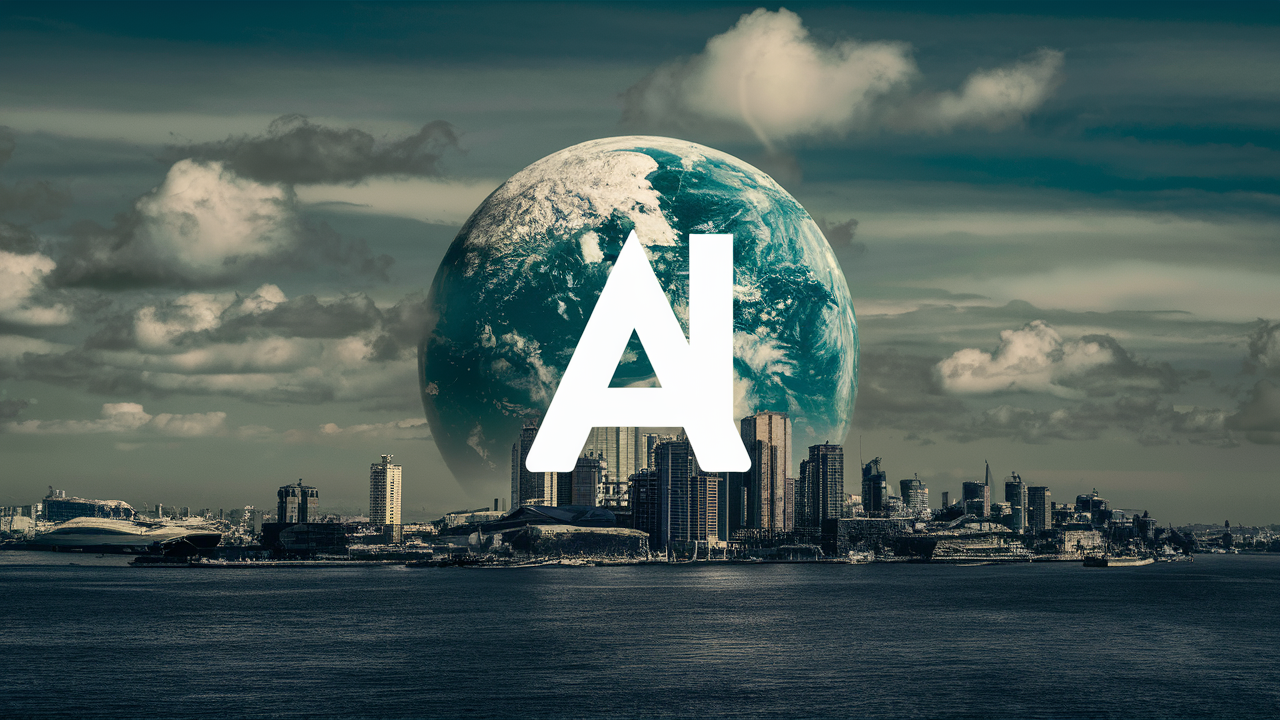TL;DR:
- AI can forecast climate trends, enabling better decision-making for environmental policies.
- It enhances renewable energy efficiency through smarter resource management.
- AI-powered agriculture reduces waste and optimizes water and fertilizer use.
- Machine learning improves waste management and boosts recycling efforts.
- Despite its promise, AI must be developed sustainably to avoid environmental risks.
What Is the Role of AI in Combating Climate Change?
Artificial intelligence leverages data processing, machine learning, and automation to address key challenges. When applied to climate change, AI acts as a catalyst to optimize energy use, manage resources efficiently, and analyze patterns beyond human capacity. For instance, AI systems can process extensive climate modeling data to reveal insights into future weather patterns. This can help governments and organizations plan disaster response strategies, identify vulnerable regions, and understand long-term climate risks down to micro-level details.Examples of AI-Driven Initiatives
- Google’s Project Sunroof: Uses machine learning to calculate solar panel installation benefits for individual homes, promoting renewable energy adoption.
- IBM Green Horizon: Develops AI-driven solutions to monitor and model air pollution in urban environments.
- Climacell: Provides hyperlocal weather forecasts, helping industries reduce risks from climate variability.
AI and Renewable Energy: Revolutionizing the Grid
Renewable energy sources like solar and wind are key to fighting climate change. However, their intermittent generation—solar panels don’t work at night and wind turbines depend on wind—presents challenges for energy consistency. AI bridges this gap by optimizing energy systems. Key benefits include:- Smart Energy Distribution: AI algorithms predict energy demand and balance grid loads automatically.
- Maintenance Optimization: AI detects faults in energy systems, reducing downtime and costs.
- Enhanced Forecasting: AI predicts renewable energy availability more accurately, enabling better integration into power grids.
Future Outlook
AI’s role in enhancing renewable energy will grow. Advanced forecasting, self-optimizing grids, and automated maintenance can make global energy systems more eco-efficient.How AI Helps Reduce Carbon Footprints in Agriculture
Agriculture is a significant contributor to greenhouse gas emissions, largely due to inefficient resource use and livestock-related methane emissions. AI can significantly reduce agriculture’s environmental impact in the following ways:- Precision Agriculture: AI-powered drones and sensors monitor crop health, reducing fertilizer and water wastage.
- Livestock Monitoring: Machine learning identifies patterns in animal health, improving efficiency in feed and reducing methane emissions.
- Supply Chain Optimization: AI tracks and prevents food waste, reducing unnecessary production and emissions.
Practical Impact
While the rollout of AI solutions in agriculture is still gaining momentum, early adopters have already reported significant reductions in resource consumption and emissions. This shows that scalable AI technologies could transform global agricultural practices.AI and Waste Management: Closing the Loop
Another major area where AI can support sustainability is in waste management. Every year, millions of tons of waste go unrecycled, polluting ecosystems. AI offers intelligent sorting and tracking systems to streamline recycling processes. Solutions AI Provides:- Automated Sorting Systems: AI-integrated robots in recycling plants efficiently separate plastics, metals, and other materials.
- Predictive Analytics: Algorithms forecast waste generation, enabling proactive waste handling.
- Smart City Implementations: IoT-enabled AI systems manage local waste bins by signaling when pickup is needed to avoid overflow.
Case Study: Rubicon
Rubicon, a tech company, uses AI to design waste management solutions tailored for municipalities. Their AI-driven tools improve landfill diversion rates and reduce operating costs for governments.Challenges and Ethical Considerations
While AI holds promise, it is not without challenges. For one, AI systems are computationally intensive, sometimes consuming significant energy themselves. Additionally, there are concerns around equitable use—ensuring AI benefits more than just developed nations. Key challenges include:- Energy Consumption: Training and running large AI models can have their own carbon footprint.
- Biases in Data: AI systems depend on data; poor data can lead to ineffective outcomes or biased decisions.
- Access Inequality: Developing nations may lack the infrastructure needed to adopt AI solutions.



